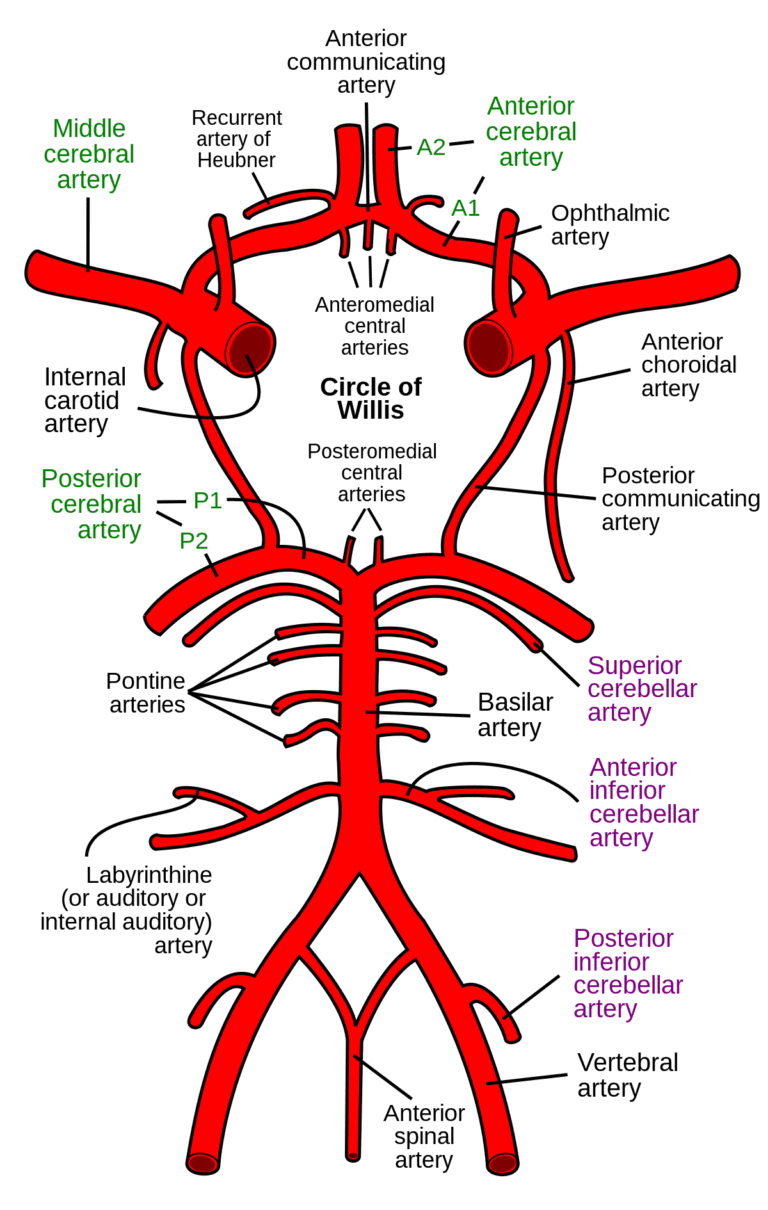Surgical Repair Treatments
Nasal Septal perforation (NSP) is a nasal condition affecting approximately 1% of the general population, often resulting in symptoms such as epistaxis, crusting, obstruction, and whistling. When conservative treatments prove ineffective, surgical repair becomes a viable option for motivated patients. Various surgical techniques, including autologous or synthetic grafts and different flap approaches, have been employed to achieve the common goal of restoring nasal function.
Treatment Approach
In a retrospective study conducted from 2000 to 2018, the unilateral septal mucosal advancement flap, pedicled on the septal branches of the anterior ethmoidal artery (AEA), was employed for surgical repair. This technique, performed through an endoscopic endonasal approach, demonstrated promising results in terms of advantages, limitations, and long-term outcomes.

Image (1): Treatment Approach | Author: OpenStax College | Image courtesy: Wikipedia.
Results and Success Rate
Out of 32 patients included in the study, the overall success rate was 81%. The success was categorised based on perforation size, with larger perforations (>2 cm) showing a slightly lower success rate. The study emphasises the importance of the vascular pedicle of the AEA flap, providing a robust and constant blood supply for successful repair.

Image (2): Results and Success Rate | Author: OpenStax College | Image courtesy: Wikipedia.
Functional Outcomes Evaluation
Functional outcomes were evaluated using objective questionnaires, highlighting the presence or absence of symptoms such as nasal obstruction, epistaxis, crusting, and whistling. The study underscored the need for comprehensive postoperative evaluations to ensure both objective closure and subjective improvement in symptoms.

Image (3): Functional Outcomes Evaluation | Author: OpenStax College | Image courtesy: Wikipedia.
Conclusion
In conclusion, the retrospective study on Nasal Septal Perforation and its Surgical Repair provides valuable insights into the efficacy of the unilateral septal mucosal advancement flap technique. With an overall success rate of 81%, the study highlights the importance of tailoring surgical approaches based on perforation size. Additionally, the emphasis on comprehensive postoperative evaluations using objective questionnaires adds depth to our understanding of functional outcomes.
